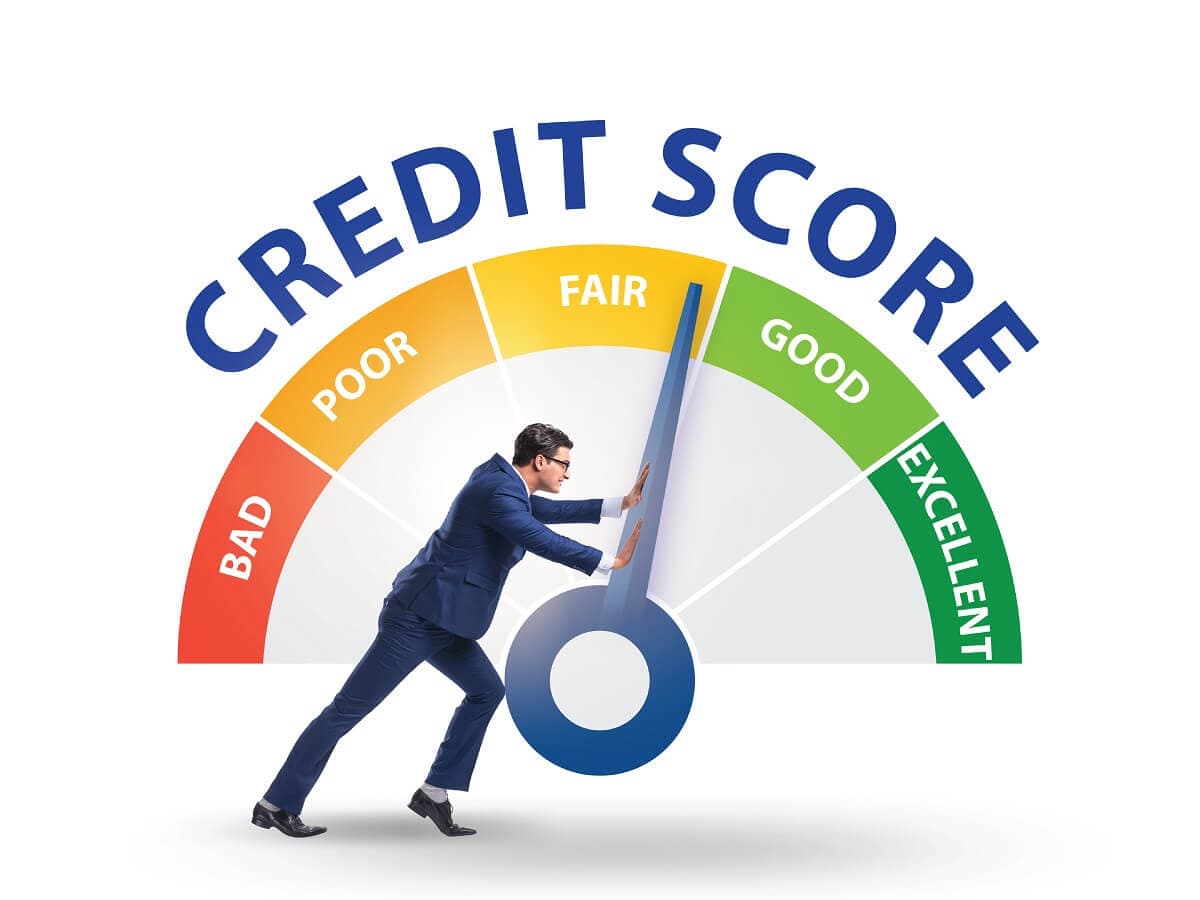A credit score is a three-digit numerical representation, ranging from 300 to 900, of your creditworthiness. It’s derived from your credit history and helps lenders assess your likelihood of repaying debts. In India, the most widely referenced score is the CIBIL score, issued by TransUnion CIBIL, though other bureaus like Experian, Equifax, and CRIF High Mark also issue similar scores.
In This Article:
- How Are Credit Scores Used?
- What Factors Influence Your Score?
- What’s Unique About the CIBIL Score?
- Recent Regulatory Enhancements
- How to Monitor and Improve Your Score
- Why It Matters for You
- The Road Ahead
How Are Credit Scores Used?
Lenders, including banks, NBFCs, and credit card issuers, scrutinize these scores during loan or card applications. A high score (typically above 700) signals creditworthiness, resulting in faster approvals and potentially lower interest rates. Conversely, scores below 600 may lead to rejections or unfavorable loan terms.
Beyond lending, employers, landlords, and service providers may use credit scores for background checks, as they reflect financial responsibility.
What Factors Influence Your Score?
Credit bureaus consider multiple factors, weighted as follows:
| Factor | Weight |
|---|---|
| Payment history | ~35% |
| Credit utilisation | ~30% |
| Length of credit history | ~15% |
| Credit mix and new queries | ~20% |
Timely repayments and low credit utilisation (<30%) are key, while missed payments, excessive borrowing, and frequent credit inquiries hurt your score.
What’s Unique About the CIBIL Score?
The CIBIL score, a type of credit score, reflects information reported by member banks and financial institutions to TransUnion CIBIL. While its range (300–900) is standard, a CIBIL score over 700 is typically seen as good; a score of 750–900 is excellent.
Though scores across bureaus operate similarly, slight algorithm differences mean your Experian or High Mark score may vary slightly from your CIBIL score.
Recent Regulatory Enhancements
The Reserve Bank of India (RBI) has introduced several reforms to enhance transparency and accuracy:
- Fortnightly data updates: Lenders must report credit data twice monthly, with bureaus processing it within days.
- Free annual credit report: Consumers are entitled to one free full report per year from each bureau.
- Improved dispute resolution: Errors must now be addressed within 30 days or escalated.
- Clear rejection reasons: Lenders must provide specific reasons when credit is denied .
- Borrower ID system: RBI plans to introduce unique borrower IDs to reduce duplicate or erroneous reporting.
These measures aid consumers in maintaining accurate scores and reacting promptly to changes.
How to Monitor and Improve Your Score
Check consistently: Use free platforms like Paisabazaar or official bureau portals to review your credit report regularly.
Rectify errors: If discrepancies appear, file a dispute; credit bureaus are mandated to resolve it within 30 days.
Adopt smart credit habits:
- Pay EMIs and card bills on time.
- Keep credit utilisation below 30%.
- Avoid multiple loan applications simultaneously.
- Maintain a healthy mix of secured and unsecured credit.
Over time, these practices can significantly improve your score.
Why It Matters for You
A solid credit score unlocks numerous advantages:
- Better loan approvals at lower interest rates.
- Fast-track application processing.
- Access to premium credit cards.
- Enhanced job market and rental opportunities.
Reforms by RBI now empower borrowers with real-time updates and corrected inaccuracies, allowing consumers to take control of their credit narrative.
The Road Ahead
With the upcoming unique borrower ID and evolving digital payment data (via NPCI) and real-time reporting, India’s credit ecosystem is headed towards enhanced accuracy, speed, and financial inclusion.
By – Sonali




